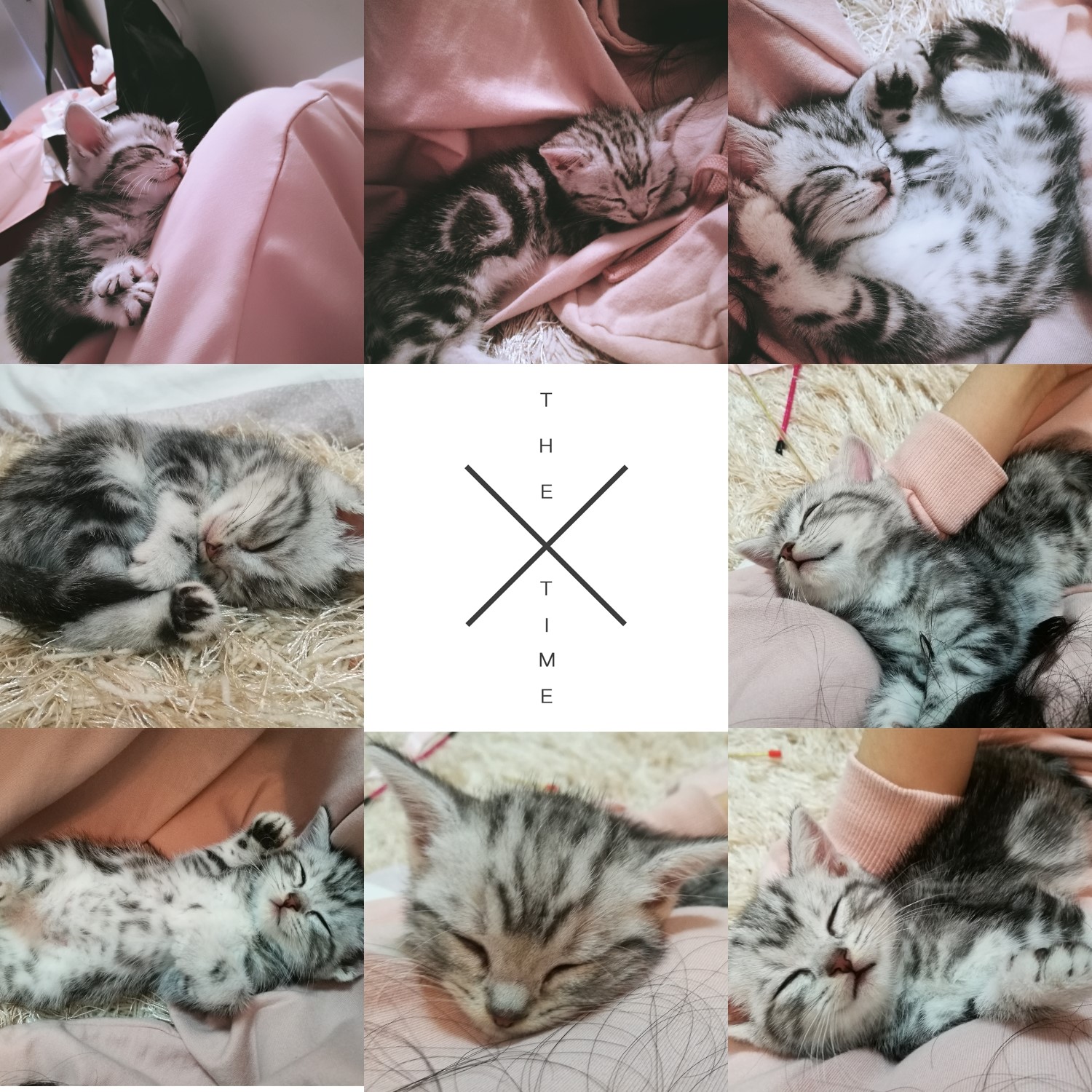本文告诉大家如何在使用 .net remoting 的时候,抛出异常。
所有在远程软件运行的类,如果需要传输到本地,都需要继承 MarshalByRefObject 或其他可以序列化的类。
在 .net Framework 4.0 就默认指定只反序列化基础类型,如果需要反序列化其他的类型,那么就需要设置TypeFilterLevel,设置的方法是在使用下面代码
public static IChannel CreatChannel(string port = "")
{
if (string.IsNullOrEmpty(port))
{
port = Guid.NewGuid().ToString("N");
}
var serverProvider = new SoapServerFormatterSinkProvider();
var clientProvider = new SoapClientFormatterSinkProvider();
serverProvider.TypeFilterLevel = TypeFilterLevel.Full;
IDictionary props = new Hashtable();
props["portName"] = port.ToString();
return new IpcChannel(props, clientProvider, serverProvider);
}
但是设置了TypeFilterLevel不是对所有的类型都可以进行转换,如果不小心直接在调用方法抛出异常,那么会因为无法反序列,让本地拿不到
// 远程
public void Foo()
{
throw new CsdnNotFoundException();
}
public class CsdnNotFoundException : Exception
{
public CsdnNotFoundException(string str) :
base(str)
{
}
}
这时本地会提示System.Runtime.Serialization.SerializationException程序无法序列。
如果需要在 .net remoting 使用异常,那么需要自己创建一个异常,继承 RemotingException
反序列
因为默认的 RemotingException 没有反序列,所以需要添加 Serializable 特性
[Serializable]
public class CsdnNotFoundException : RemotingException
{
public CsdnNotFoundException(string str) :
base(str)
{
}
}
微软建议继承ISerializable,标记特性
[Serializable]
public class CsdnNotFoundException : RemotingException, ISerializable
{
public CsdnNotFoundException(string str) :
base(str)
{
}
}
如果直接运行,会发现报告System.Runtime.Serialization.SerializationException:“未找到反序列化“lindexi.Csdn.CsdnNotFoundException”类型对象的构造函数
解决方法是创建一个构造函数,写入这个函数就不需要再写其他的代码。
protected CsdnNotFoundException([NotNull] SerializationInfo info, StreamingContext context) : base(info,
context)
{
}
如果有一些特殊的属性需要自己设置,建议创建一个默认构造函数,和两个方法,因为使用上面的方法不会序列化自己定义的属性。
[Serializable]
public class CsdnNotFoundException : RemotingException, ISerializable
{
public CsdnNotFoundException()
{
//默认构造,可以在反射创建
}
public CsdnNotFoundException(string str) :
base(str)
{
}
protected CsdnNotFoundException([NotNull] SerializationInfo info, StreamingContext context)
//: base(info, context) 不使用基类的原因是基类会报告 找不到 ClassName 和其他很多的坑
{
//反序列化创建
Message = (string) info.GetValue(MessageSerialization, typeof(string));
}
// 重写消息,用于在构造设置值
public override string Message { get; }
// 用于在构造拿到消息的值
private const string MessageSerialization = "Message";
// 重写这个方法,在序列化调用
public override void GetObjectData(SerializationInfo info, StreamingContext context)
{
info.AddValue(MessageSerialization, Message);
}
}
在 GetObjectData 拿到必要的属性,这个需要自己把需要的属性写入。然后在构造函数重写[NotNull] SerializationInfo info, StreamingContext context方法的,可以拿到值
因为上面的代码用到 Message ,需要重写这个属性,因为默认是只读,不能在构造函数设置。
是不是觉得很复杂,实际上简单的方法是通过 json 在GetObjectData把类转换为json,在构造转换为类。
ISerializable
那么为什么在使用 Serializable 特性还需要继承 ISerializable ,因为继承 ISerializable 就可以在一个构造函数xx([NotNull] SerializationInfo info, StreamingContext context)进行处理和处理如何序列化。处理如何序列化可以提高性能,因为自己知道哪些需要序列化,哪些不需要。
关于 ISerializable 请看 c# - What is the point of the ISerializable interface? - Stack Overflow
How to: Create an Exception Type That Can be Thrown by Remote Objects

我的博客即将搬运同步至腾讯云+社区,邀请大家一同入驻:https://cloud.tencent.com/developer/support-plan?invite_code=19bm8i8js1ezb
本文会经常更新,请阅读原文: https://blog.lindexi.com/post/dotnet-remoting-%E6%8A%9B%E5%87%BA%E5%BC%82%E5%B8%B8.html ,以避免陈旧错误知识的误导,同时有更好的阅读体验。
如果你想持续阅读我的最新博客,请点击 RSS 订阅,推荐使用RSS Stalker订阅博客,或者收藏我的博客导航
 本作品采用
知识共享署名-非商业性使用-相同方式共享 4.0 国际许可协议
进行许可。欢迎转载、使用、重新发布,但务必保留文章署名林德熙(包含链接:
https://blog.lindexi.com
),不得用于商业目的,基于本文修改后的作品务必以相同的许可发布。如有任何疑问,请
与我联系
。
本作品采用
知识共享署名-非商业性使用-相同方式共享 4.0 国际许可协议
进行许可。欢迎转载、使用、重新发布,但务必保留文章署名林德熙(包含链接:
https://blog.lindexi.com
),不得用于商业目的,基于本文修改后的作品务必以相同的许可发布。如有任何疑问,请
与我联系
。
无盈利,不卖课,做纯粹的技术博客
以下是广告时间
推荐关注 Edi.Wang 的公众号

欢迎进入 Eleven 老师组建的 .NET 社区

以上广告全是友情推广,无盈利

